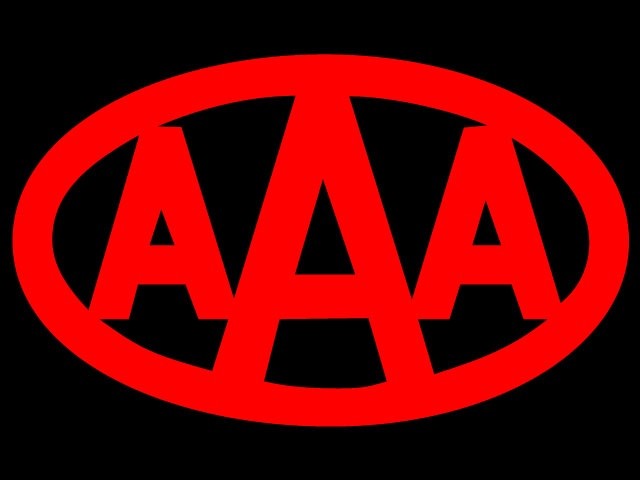As Hurricane Florence threatens the east coast, AAA urges Georgia drivers to prepare now for strong storms and rainfall.
Heavy rainfall can create dangerous driving conditions with little to no visibility. It is very important that motorists adjust their typical driving style. Nearly 1.2 million traffic crashes occur each year on wet pavement with more than a half million injuries and 5,700 deaths, according to data from the National Highway Traffic Safety Administration.
“It’s important to remember that driving in rain or on roads with standing water requires drivers to change their driving style,” said Garrett Townsend, Georgia Public Affairs Director, AAA - The Auto Club Group. “Drivers should decrease their speed, increase following distance and, in order to be more visible to other drivers, always use headlights in the rain.”
AAA offers the following tips for driving in wet weather conditions:
DO:
Prepare a Vehicle Emergency Kit: Include a flashlight and extra batteries, an umbrella or poncho, flares or warning triangles, cell phone charger, non-perishable food and drinking water, a first aid kit and a basic tool kit.
Slow Down and Leave Room: Slowing down during wet weather driving can be critical to reducing a car’s chance of hydroplaning, when the tires rise up on a film of water. With as little as ½ inch of water on the road, tires have to displace a gallon of water per second to keep the rubber meeting the road. Drivers should reduce their speed to correspond to the amount of water on the roadway. At speeds as low as 35 mph, new tires can still lose some contact with the roadway.
Increase Following Distance: It is also important for motorists to allow ample stopping distance between cars by increasing the following distance of the vehicle in front of them. Drivers should scan the road ahead of them so they can react to slowing traffic ahead.
Use Headlights: Turn on your headlights to help you see better and to allow other motorists to spot you better. Avoid using your high beams because you could blind other drivers and the extra light will reflect off the rain, causing more of a distraction for you.
Check Tires: Make sure tires are properly inflated and have enough tread depth. This will allow the vehicle to have better traction and maneuverability on the road. Worn tires with little tread are much more likely to hydroplane on wet pavement, resulting in a loss of braking power and steering control. Check the tread depth of your car’s tires by inserting a quarter upside down into a tire groove. If you can see above Washington’s head at any point, it’s time for new tires.
DON'T:
Don’t Use Cruise Control: This feature works great in dry conditions, but when used in wet conditions, the chance of losing control of the vehicle can increase. To prevent loss of traction, the driver may need to reduce the car’s speed by lifting off the accelerator, which cannot be accomplished when cruise control is engaged.
Don’t Use Flashers: Flashers should only be used when a vehicle is stopped. While many drivers may believe the use of flashers makes their vehicle more visible, it may only distract or confuse other drivers.
Avoid Standing Water and Flooded Roads at All Times: There is no way to tell how deep standing water is on a flooded road and driving through it can cause a vehicle to stall and result in severe damage to the vehicle.
If Your Vehicle Stalls in a Flooded Area: DO NOT remain in the car. Abandon it as soon as possible and seek higher ground. Flood waters can elevate quickly, sweeping away the vehicle and its occupants.
If your vehicle shuts down while in standing water, do not try to restart it. Restarting a vehicle in standing water can cause more water to enter the engine and could cost thousands of dollars to repair.









